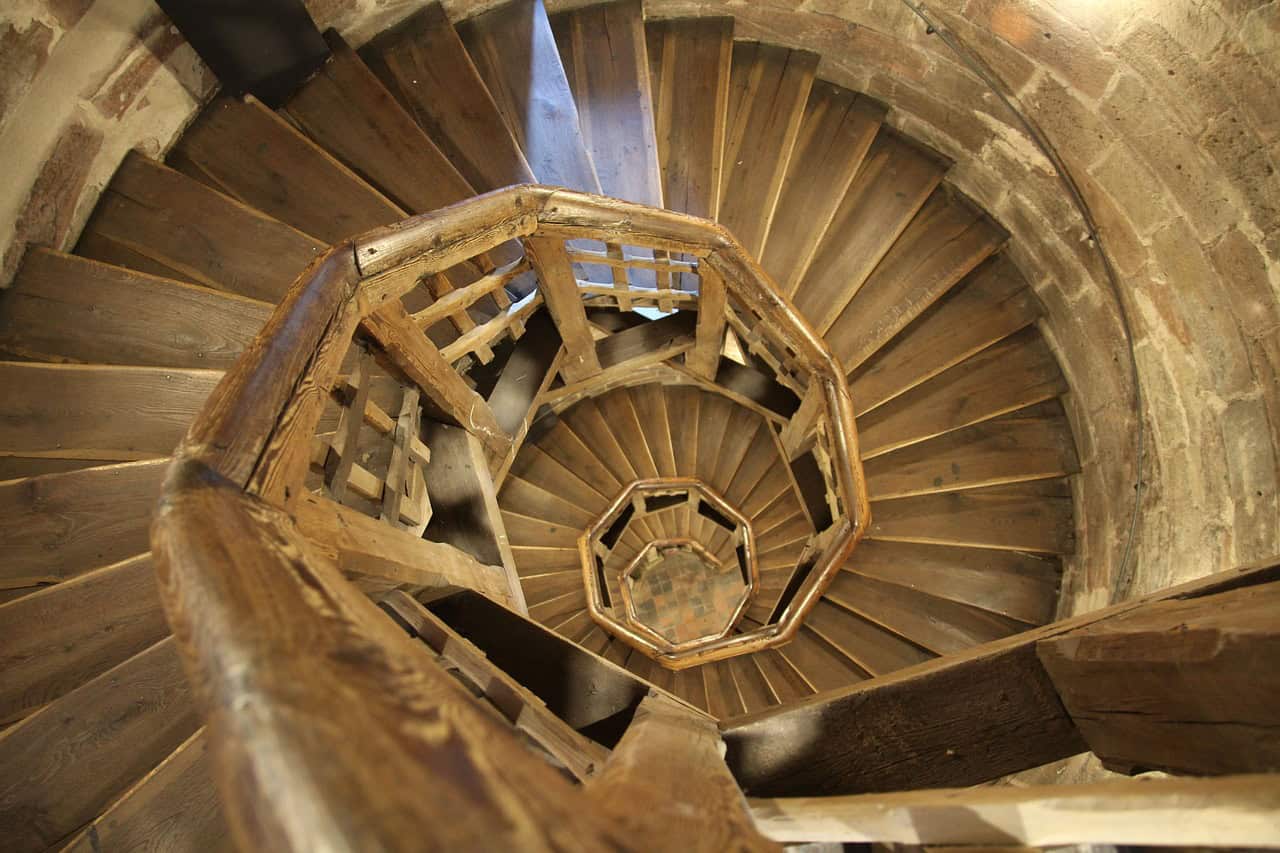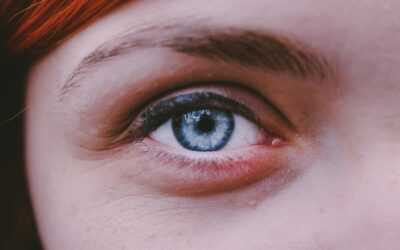LASIK, a popular refractive surgery technique for correcting vision disorders, primarily targets conditions like myopia (nearsightedness), hyperopia (farsightedness), and astigmatism. While LASIK can significantly improve visual acuity, its direct effect on depth perception may vary among individuals based on several factors.
Understanding LASIK Fix Depth Perception Problems
Depth perception is the visual ability that allows individuals to perceive the relative distance of objects in their surroundings accurately. This depth perception relies on binocular vision— the coordinated function of both eyes to create a three-dimensional perception of the environment by processing subtle differences in the images received by each eye.
LASIK and Binocular Vision
LASIK surgery alters the curvature of the cornea to correct refractive errors, potentially impacting the quality of visual input received by each eye. Changes in corneal shape post-LASIK can affect the convergence of light rays on the retina, leading to improved focus but also potentially influencing binocular vision mechanisms crucial for depth perception.
Potential Impact on Stereopsis
Stereopsis, a form of binocular depth perception that enables individuals to perceive depth and spatial relationships accurately, may be influenced by LASIK-induced changes in corneal curvature. Alterations in corneal topography post-surgery could impact the binocular disparity required for stereopsis, potentially affecting the brain’s ability to process depth cues effectively.
Variability in Depth Perception Changes
The impact of LASIK on depth perception varies among individuals and is influenced by factors such as pre-operative visual conditions, post-operative corneal shape, optical aberrations, and the brain’s ability to adapt to visual changes. Some individuals may notice subtle changes in depth perception following LASIK, while others may experience minimal differences in their spatial awareness.
Adaptation and Neuroplasticity
The brain’s remarkable neuroplasticity plays a crucial role in adapting to post-LASIK changes in visual input, including alterations in depth perception cues. Over time, individuals undergoing LASIK may experience neural adaptations that facilitate the integration of new visual information and the recalibration of depth cues for improved binocular vision and depth perception.
Consultation and Visual Assessment
Prior to undergoing LASIK surgery, individuals are advised to undergo a comprehensive visual assessment to evaluate their binocular vision, depth perception capabilities, and overall visual function. Eye care professionals can assess the potential impact of LASIK on depth perception and provide guidance on post-operative expectations and adaptation strategies.
Long-Term Visual Adaptation
For individuals experiencing changes in depth perception post-LASIK, long-term visual adaptation plays a crucial role in optimizing binocular vision and spatial awareness. Regular follow-up appointments with eye care providers allow for monitoring of visual changes, adjustment of corrective measures if needed, and guidance on enhancing depth perception cues.
LASIK and Depth Perception
While LASIK surgery primarily aims to correct refractive errors like myopia and astigmatism, its influence on depth perception remains a nuanced aspect of visual outcomes. Understanding the potential impact of LASIK on depth perception, considering individual variability in adaptive responses, and seeking professional guidance for visual assessments can help individuals make informed decisions about LASIK surgery and address any concerns related to depth perception changes post-operatively. By working closely with eye care providers and leveraging neuroplasticity for visual adaptation, individuals can navigate potential changes in depth perception after LASIK surgery and optimize their visual experience for enhanced depth awareness and spatial vision.





